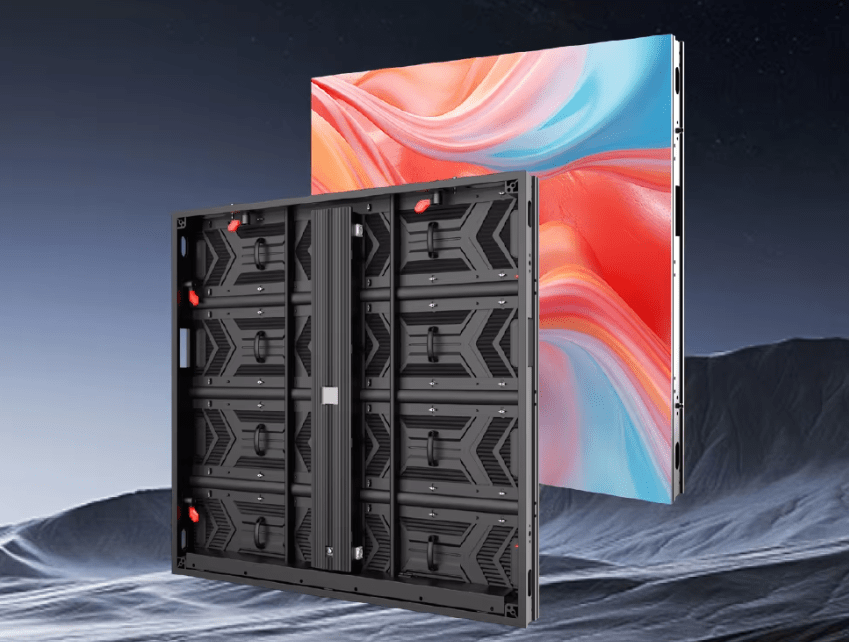Pramonės naujienos
Vaizdo kūrimo principas ir optimalus LED ekrano ekrano žiūrėjimo kampas
Visų spalvų LED ekranų vaizdavimas paprastai pasiekiamas naudojant failus, vaizdo įrašai, vaizdai, and text on the computer. Send to the sending card through the graphics card for transcoding processing. Then go to the receiving card to drive imaging. So how can we achieve the best display effect when choosing an LED display screen?
LED ekrano vaizdo kokybė yra glaudžiai susijusi su šiais veiksniais: ekrano ryškumas, the width of the picture, and the optimal visual distance for installation. Only when each indicator meets the needs of the current usage environment, then the display effect is the best. Ekraną sudaro daug posistemių, and we need to have a detailed understanding of each subsystem.

Jis apima maitinimo šaltinį, video encoder and decoder codes, line drivers, digital signal processors (DSPs), ir taip toliau, which work closely together to generate video images. If you carefully observe the LED display screen, pamatysite šimtus atskirų vaizdo plokščių. If you get closer, you will find that each panel contains 16X16 pixels. Kiekvieno šviesos diodo anodas yra elektra sujungtas su LED tvarkyklės išvestimi. Ultimately, šios dešimtys tūkstančių LED tvarkyklių valdys vaizdo vaizdų generavimą per šimtus tūkstančių LED karoliukų.
Brightness requirements for LED display screens
The brightness of an LED display screen is not necessarily better the brighter it is. Kai kuriose aplinkose, brightness that is too bright or too dark cannot achieve the best display effect of the screen. When choosing an LED display ekranas, it is necessary to match the most suitable brightness according to the usage scenario or adjust it automatically through a driver. This is the only way to provide satisfactory LED display quality without harming the audience’s eyes.
Most high-end LED drivers provide designers with multiple methods to control the LED current in their systems. These drivers have some features that help reduce LED brightness, such as point correction (DC), pulse width modulation (PWM) dimming, and global brightness control (BC). Although these features all provide the same basic function of adjusting LED brightness, their usage is different. Understanding and utilizing these features correctly is the key to having the best quality video.
The optimal viewing angle for LED display screens
Regarding the wide viewing angle and optimal viewing distance of LED display screens, it is necessary to conduct standard measurement and calculation of the usage scenario before installation, calculate the required viewing angle and viewing distance, and then match them according to this requirement. This can ensure that the product meets the specific needs of the usage scenario and presents the most exciting and high-quality images to the audience.